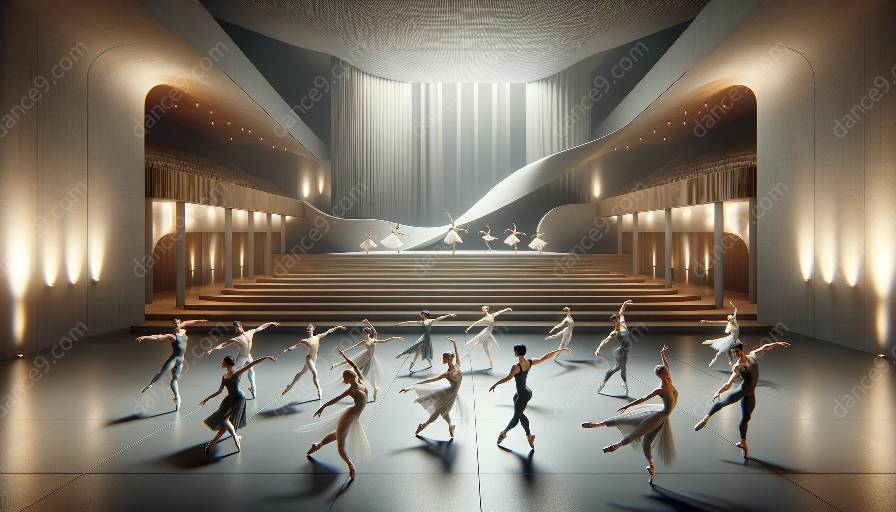Neo-classical ballet, a genre that emerged in the 20th century, is closely intertwined with various art forms, including visual arts, music, and literature. Understanding how these art forms engage with neo-classical ballet sheds light on the cross-disciplinary influences and enriches the appreciation of this dance form.
Visual Arts
Visual arts have long influenced neo-classical ballet, as seen in the elaborate stage designs and costumes. Artists such as Pablo Picasso and Salvador Dalí collaborated with ballet companies to create visually striking sets and costumes that complemented the choreography and storytelling. The use of avant-garde visual elements in neo-classical ballet productions adds depth and richness to the overall artistic experience, creating a symbiotic relationship between ballet and visual arts.
Music
Music plays a pivotal role in neo-classical ballet, with composers like Igor Stravinsky and Sergei Prokofiev providing iconic scores for renowned ballets. The rhythmic complexities and melodic structures of these compositions elevate the dancers' movements and contribute to the emotional depth of the performances. Neo-classical ballet engages with music by intricately choreographing movements to harmonize with the musical expressions, resulting in a harmonious fusion of dance and music.
Literature
Literary works, particularly those with narrative depth and emotional resonance, serve as a wellspring of inspiration for neo-classical ballet storytelling. Ballet productions often draw from classic literary sources, adapting them into compelling narratives through expressive choreography and emotive gestures. The seamless integration of literature into neo-classical ballet performances adds layers of meaning and complexity, inviting audiences to engage with the intellectual and emotional aspects of the art form.





























